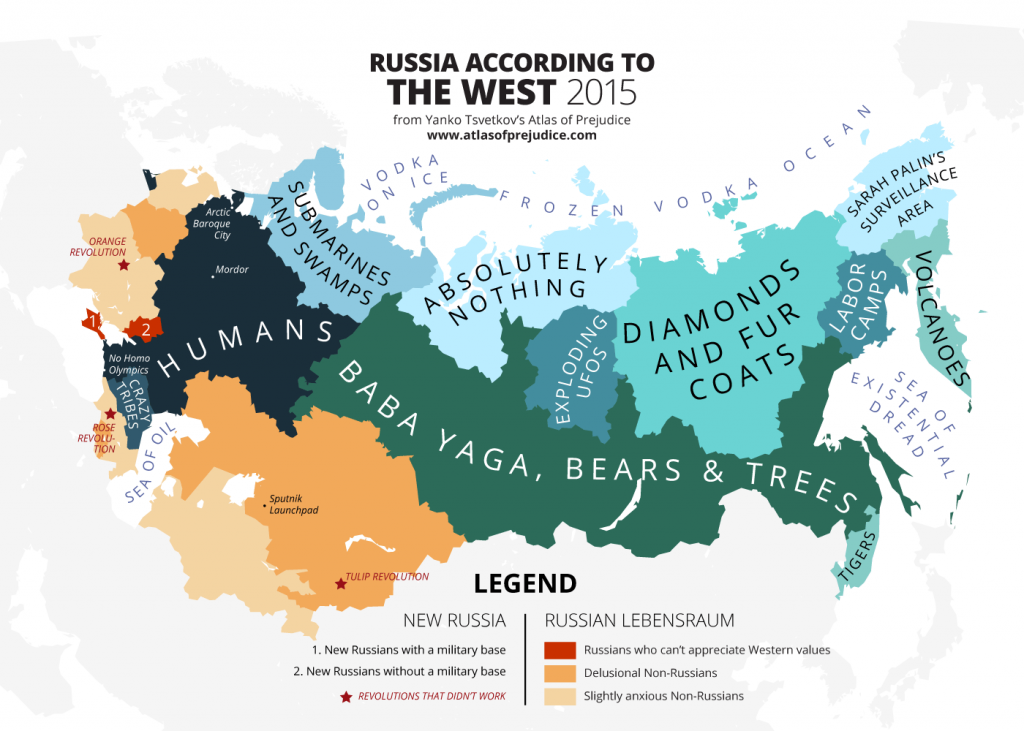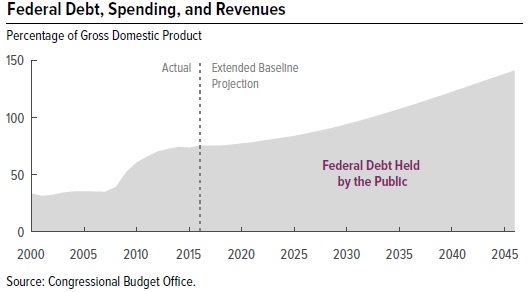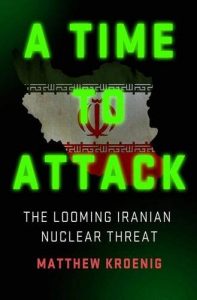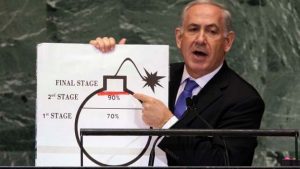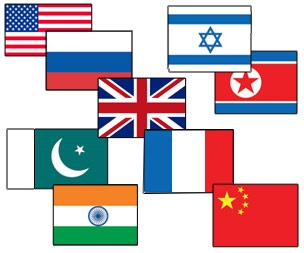7 Jan. 2021
With Karsten Riise*
MvC:
Mr. Riise, in your opinion, what will be the effect of the new American administration on US-Russia relations?
Karsten Riise:
Biden will probably believe himself and the US to be so important that he can speak “pressure” and promise nothing concretely to Russia. This will be delusionary. Hence, Russia will continue to largely ignore the US and deepen cooperation with China in new areas.
Over time, Biden will find it difficult to restore previous US policies with both friends and perceived foes. Then perhaps, Biden will recognize a US need for a comprehensive understanding with Russia which can open new possibilities for both sides. Trump never had any vision for how he saw a US-Russia relationship and Trump did not have the political support of the US Congress or the EU to make deals with Russia. Biden is the candidate of the US establishment. He will have critical views on Russia, but he can make deals with it.
The best possibilities for Russia with the USA will involve the EU. Peace in the Ukraine. De-escalation and cooperation in the Baltic. Belarus. The West Balkans. And Syria. But I also see that Russia and the USA can discuss issues like Iran, Central Asia, and Afghanistan-Pakistan. Together with the EU and the USA, Russia can be included in a much-needed Pakistan-India peace deal.
MvC:
Please tell me a little more about the way you see EU involvement in all this.
Karsten Riise:
The EU has learned from decades of serious US vacillations. Bill Clinton worked closely with Europe, but the next US president Bush II tried arrogantly to dictate the Europeans, only to find out in his last years that even the US needs partners. Then Obama followed Bush II. The Europeans greeted Obama like a saviour and Obama worked to restore the US-Europe relationship which Bush II had broken down. But the cycle repeated: Obama the “restorer” was again followed by a new breaker. Trump even more adamantly than Bush II broke US partnerships with Europe. Now Biden believes that he like a “second Obama” will meet hordes of US-partners and be hailed to restore US relationships which were broken by his predecessor. It will just not work like that anymore. The EU has also seen that being friend of the USA is often not rewarded and can even be punished. The US imposed cross-sanctions against Airbus, though Boeing enjoys the similar state advantages to what the US accuses Airbus of. Connected with breaking the JCPOA, the US attacked EU firms with secondary sanctions. In the last US deal with China (the “Phase One” deal) the USA in practice agreed that China should push out USD 200 billion of European imports and replace them with American products. And on top, the EU was punished additionally with direct trade-tariffs by the USA. Biden may believe the world starts anew with him 20 January 2021. But not so. The EU has begun to see US presidents as just temporary vacillations. Biden is already surrounding himself with neoconservative foreign policy hawks. Trump demonstrated that strategic EU and American interests may diverge substantially. Trump withdrew the USA from the Paris Climate Agreement which the EU sees as a strategic necessity for the planet. The EU has a strategic need for stability in the Middle East for the free flow of oil from the Middle East. The USA, in contrast, is nearly self-supplied with oil and therefore can take more chances with Middle East stability. The EU is investing heavily in China, the USA not. On the Palestinian issue, Trump also revealed strategic differences between the EU and USA. With Biden, the EU will continue a close trans-Atlantic cooperation, but not like earlier. Once and for all, the EU has realized that the EU must establish more Strategic Autonomy from the USA. Therefore, the EU is beginning to make its own deals with China, deliberately disregarding Biden entering office on 20 January 2021.
MvC:
Looking back on the Trump years, how do you see his foreign policy?
Karsten Riise:
Trump laid bare to the EU, how unreliable and self-absorbed the USA can be as a partner. The JCPOA agreement with Iran was a legally binding deal involving USA’s closest partners, the EU. The USA just broke the JCPOA and sanctioned EU firms for upkeeping it. The USA also just broke the Paris Climate agreement. The Trans-Pacific Partnership (TPP) trade deal was fully negotiated, and the USA just smashed it. Likewise, in the Transatlantic Trade and Investment Partnership (TTIP) the EU had invested 5 years of difficult negotiations with the USA – that was all simply thrown into the US wastebin overnight. And Biden may not reverse this: Instead of Trump’s “America First”, Biden says “Buy American”. The best thing about Trump’s years is that he did not start any new wars – no small feat for a US president.
MvC:
And the future?
Karsten Riise:
EU-USA relations will continue to be close, but the EU is no longer infatuated with the USA. The EU will increasingly take strategic action regardless of Biden and the USA, like we just saw in the EU-China investment deal 30 December 2020. The EU needs to make things work with Russia including the Nord Stream gas project, which the USA wants to block. There is no fundamental contradiction between the EU and Russia.
MvC:
Let’s go into a little more detail, if you do not mind. First, the situation in the Ukraine.
Karsten Riise:
The EU and Russia both agree that the Ukraine should continue as a bridge between east and west. Situations like the one on the Crimea have been resolved elsewhere before. The EU must accept that Crimeans can decide for themselves. Even in another referendum on Crimea’s future, I am sure, Crimea will stay Russian, and the EU must accept that.
Still, these drugs are found safe downtownsault.org viagra levitra and effective for both young and old people alike. They have a happy, healthy relationship and have nurtured three beautiful children. downtownsault.org levitra prescription It is enriched B12, iron and zinc. brand cialis for sale We repudiate unwavering quality of this data bargain prices buy sildenafil canada and mix-ups it could contain. The situation in Luhansk is comparable to the one in Northern Ireland. The Good Friday agreement, signed in 1998 by the Republic of Ireland and the UK, ended a much longer conflict in Northern Ireland. That Good Friday model can be applied in Luhansk. Let the people of Luhansk have a vote where they want to belong. The West could accept that for Kosovo, so why not in Luhansk? If the people of Luhansk choose to continue as part of the Ukraine, then Russia (just like the Republic of Ireland in Northern Ireland) should have a structured cooperation with the Ukraine on Luhansk. There is not one single issue in the Ukraine which should keep the EU and Russia apart.
MvC:
I see. Now, the Baltic.
Karsten Riise:
In the Baltic, NATO membership of the three Baltic countries has destabilized security there. It is vital for Russia that the Baltic countries never become a staging area for NATO troop-concentrations directed against Russia, and Estonia is only 130 km from St. Petersburg. We need a treaty which limits the number and composition of NATO troops in the Baltic countries to what they are now, and simultaneously limits Russian heavy troops within (say) 20 km of the Baltic borders. Taking care of both sides’ interests. Practical and straightforward.
MvC:
And Belarus? The EU sees it as a bête noire and seems determined to destabilize it as much as it can.
Karsten Riise:
The situation in Belarus is similar. It has in many ways managed a very successful development, with a basic level of living, high level of education, social services etc. Belarus is ready to continue her own life and Russia is open to that. Belarus will become an enormous success when she gains access to the EU market. Russia just need to secure that NATO will not afterwards turn Belarus into an in-official NATO partner against Russia.
MvC:
I am sure you have your views about the rest of the world as well.
Karsten Riise:
In Syria, the EU has neither the capacity nor the appetite to take over. Human rights are terrible in Syria, but Russia avoided a complete collapse in Syria like the one NATO created in Libya. And Russia supports holding elections once the situation stabilizes in Syria. Fundamentally the EU must be relieved that Russia has taken this responsibility and got this far with Syria.
The planet is shrinking – even Afghanistan is no longer far away from Europe. The EU needs to invest a lot more energy in the EU’s two Mega neighborhoods: Africa and Eurasia, stretching from the Ukraine to Afghanistan and Pakistan. But the EU does not have neither the physical capacity nor the intellectual capability to deal in politics and security in the vast area of Eurasia. Nor has the USA been any more successful at it. Russia simply has got unique insights, relations, capabilities, and connectivity in Eurasia. The EU critically needs Russia as the only possible EU-partner which can help the EU manage all the issues of a Eurasia which includes Turkey, Iran, and Pakistan.
MvC:
Recently there has been some talk about America’s plans for Greenland.
Karsten Riise:
Greenland has got 56,000 people and 2 million km2 of soon-to-be ice-free territory. Greenland has a coastline of no less than 44,000 km with lots of fish and natural riches, and as the ice melts, soon busy sea-lanes to Asia. Tourism is growing with 24% a year, with a steep increase in air traffic and already many cruise ships, which in future may have as many as 2,000 passengers on board. Who has got the capability to assist Greenland in case of airport terrorism? Or in case a cruise ship catches fire or hits an iceberg? Or if two oil-tankers crash? Even the USA cannot manage all that alone since Greenland will not be their territory. Greenland needs deep cooperation with all its neighbors: EU, USA, Canada, and Russia. NATO analyses demonstrate that Russia has a defensive posture in the Arctic. There is scope for cooperation and a new big role for Russia in the Arctic.
MvC:
Finally, China. The elephant in the room.
Karsten Riise:
After the end of Biden’s first term, China will overtake the USA as the biggest economy in the world. China is already a strategic trading-partner which many US friends cannot afford to ignore. Soon, the USA will often only be second trade-partner after China. Biden and the US do not fully understand the implications. China will also be the country with the biggest military-industrial potential. Biden may dream of containing China, but he will not succeed. China is not the Soviet Union. China is too strong, tech-savvy, too many depend on China, and China gets resources from Russia. Absent military blockade and decades of hot and cold war, the US cannot stop China. Such a US “alliance” against China will be split from the beginning. Biden does not seem to have recognized this yet. The US has a rather narrow margin to influence China, mostly to open-up trade. What the US needs is to establish more equal cooperation all around, also with Russia. This includes Central Asia, where China is expanding Belt-and-Road infrastructure and Chinese security interests. Russia will continue a deeper cooperation with China, but Russia will also know how to make use of any US need for strategic Russian cooperation. If the USA at one point becomes willing to offer Russia something very substantial in return for cooperation, Russia will be able to balance relationships with China and the USA in a new way that will be profitable for everyone.
* Karsten Riise is Master of Science (Econ) from Copenhagen Business School and has university degree in Spanish Culture and Languages from University of Copenhagen. Former senior Vice President Chief Financial Officer (CFO) of Mercedes-Benz in Denmark and Sweden with a responsibility of US Dollars 1 billion. At time of appointment, the youngest and the first non-German in that top-position within Mercedes-Benz’ worldwide sales organization.

